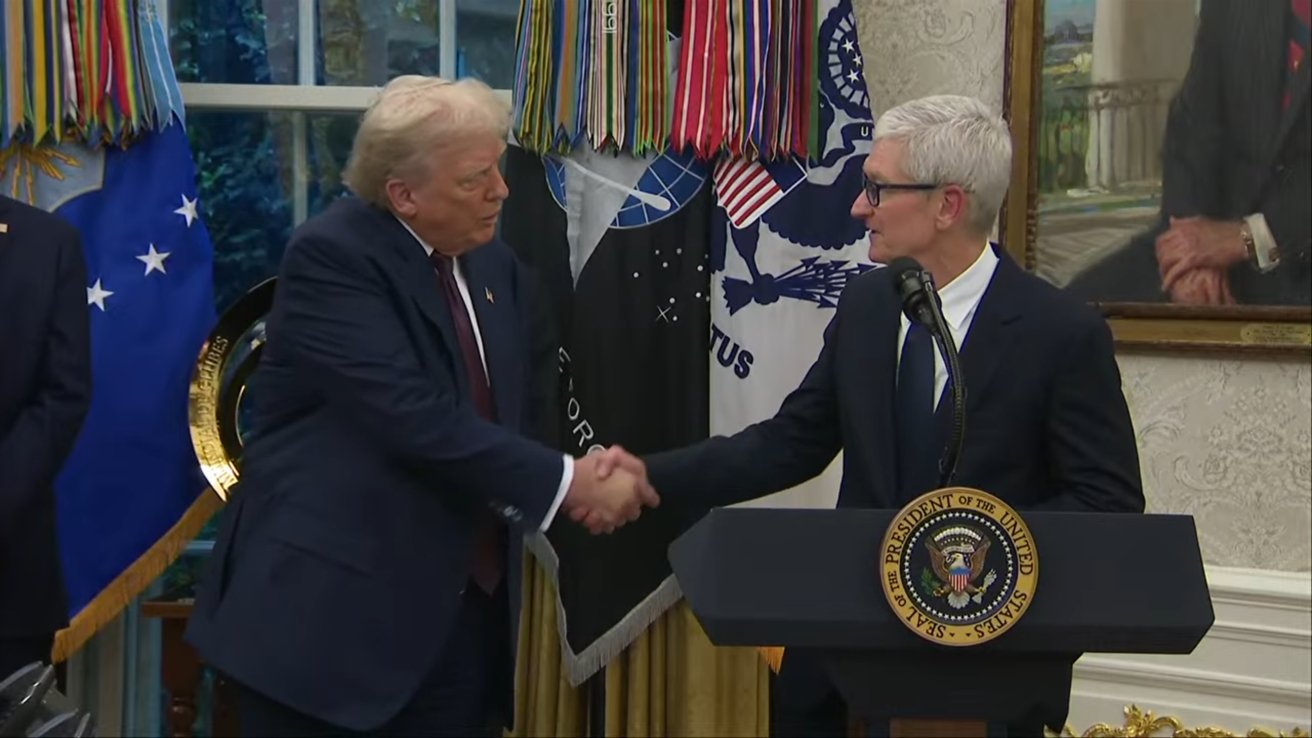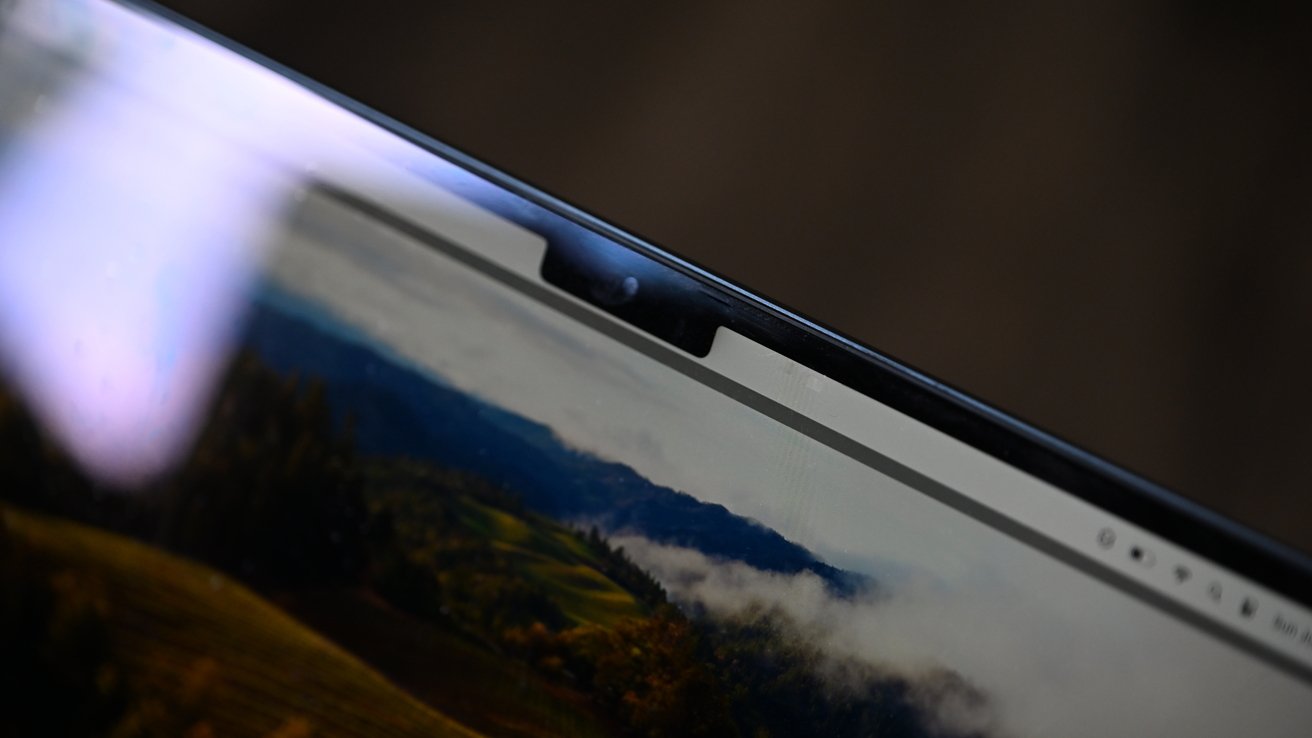In a significant display of corporate support, Apple has joined a cadre of leading technology companies in contributing to President Donald Trump’s ambitious plan to construct a new 90,000-square-foot ballroom at the White House. This initiative, which has already commenced demolition, is projected to cost approximately $300 million and is slated to be entirely funded through private donations, as per the President’s assurances.
Corporate Contributions and Project Scope
The list of corporate donors reads like a who’s who of the tech industry, including Amazon, Google, Meta Platforms, and Microsoft. These companies, alongside Apple, have pledged financial support to bring the President’s vision to fruition. The proposed ballroom is not just a structural addition; it symbolizes a fusion of historical significance and modern functionality, aiming to serve as a premier venue for state functions, diplomatic events, and cultural gatherings.
Financial Details and Funding Sources
President Trump has been vocal about the project’s financial structure, emphasizing that the renovation will not burden taxpayers. Instead, the funding strategy relies on contributions from private entities and the President himself. While the administration initially estimated the cost at $200 million, the President later adjusted this figure to about $300 million, reflecting the project’s expansive scope and the inclusion of state-of-the-art amenities.
List of Notable Donors
According to reports from CNN, the roster of contributing companies encompasses a diverse array of industries, underscoring the project’s broad appeal and the administration’s ability to galvanize support across the corporate spectrum. The list includes:
– Amazon
– Apple
– Caterpillar, Inc.
– Coinbase
– Comcast Corporation
– Hard Rock International
– Google
– HP Inc.
– Lockheed Martin
– Meta Platforms
– Micron Technology
– Microsoft
– NextEra Energy, Inc.
– Palantir Technologies Inc.
– Ripple
– Reynolds American
– T-Mobile
– Tether America
– Union Pacific Railroad
Strategic Implications for Corporate Donors
The involvement of these corporations, particularly tech giants like Apple, is indicative of a strategic maneuver to foster favorable relations with the current administration. Historically, companies have engaged in such gestures to align with governmental initiatives, potentially influencing policy decisions and mitigating regulatory challenges. For instance, in August, Apple CEO Tim Cook presented President Trump with a glass-and-gold commemorative plaque, meticulously crafted entirely in the United States, symbolizing a commitment to domestic manufacturing and national pride.
Historical Context and Corporate-Government Relations
This pattern of corporate engagement with the government is not unprecedented. In 2017, the White House called upon tech leaders, including representatives from Apple, to assist in modernizing government IT systems. The administration sought to leverage the expertise of these companies to streamline digital infrastructure and enhance public services. Such collaborations underscore the symbiotic relationship between the private sector and government, where corporate support can translate into influence over policy and regulatory environments.
Potential Benefits and Risks for Apple
Apple’s participation in the ballroom renovation project could yield several benefits:
– Enhanced Government Relations: By supporting a high-profile presidential initiative, Apple may strengthen its rapport with the administration, potentially facilitating more favorable policy considerations.
– Public Relations Boost: Demonstrating a commitment to national projects can enhance Apple’s public image, portraying the company as a patriotic and socially responsible entity.
– Influence on Policy: Active involvement in government initiatives may provide Apple with a platform to advocate for policies that align with its business interests, such as favorable tax reforms or trade policies.
However, this engagement is not without risks:
– Perception of Partisanship: Aligning closely with a specific administration may alienate customers or stakeholders who hold opposing political views, potentially impacting brand perception.
– Regulatory Scrutiny: Increased visibility in governmental projects could attract scrutiny from regulatory bodies, especially if perceived as an attempt to unduly influence policy.
Conclusion
Apple’s decision to contribute to President Trump’s White House ballroom renovation reflects a strategic approach to corporate-government relations. By supporting this initiative, Apple and other tech giants are positioning themselves favorably within the current political landscape, potentially reaping benefits in terms of policy influence and public perception. However, this involvement also necessitates careful navigation of the associated risks, particularly concerning public perception and regulatory oversight.



